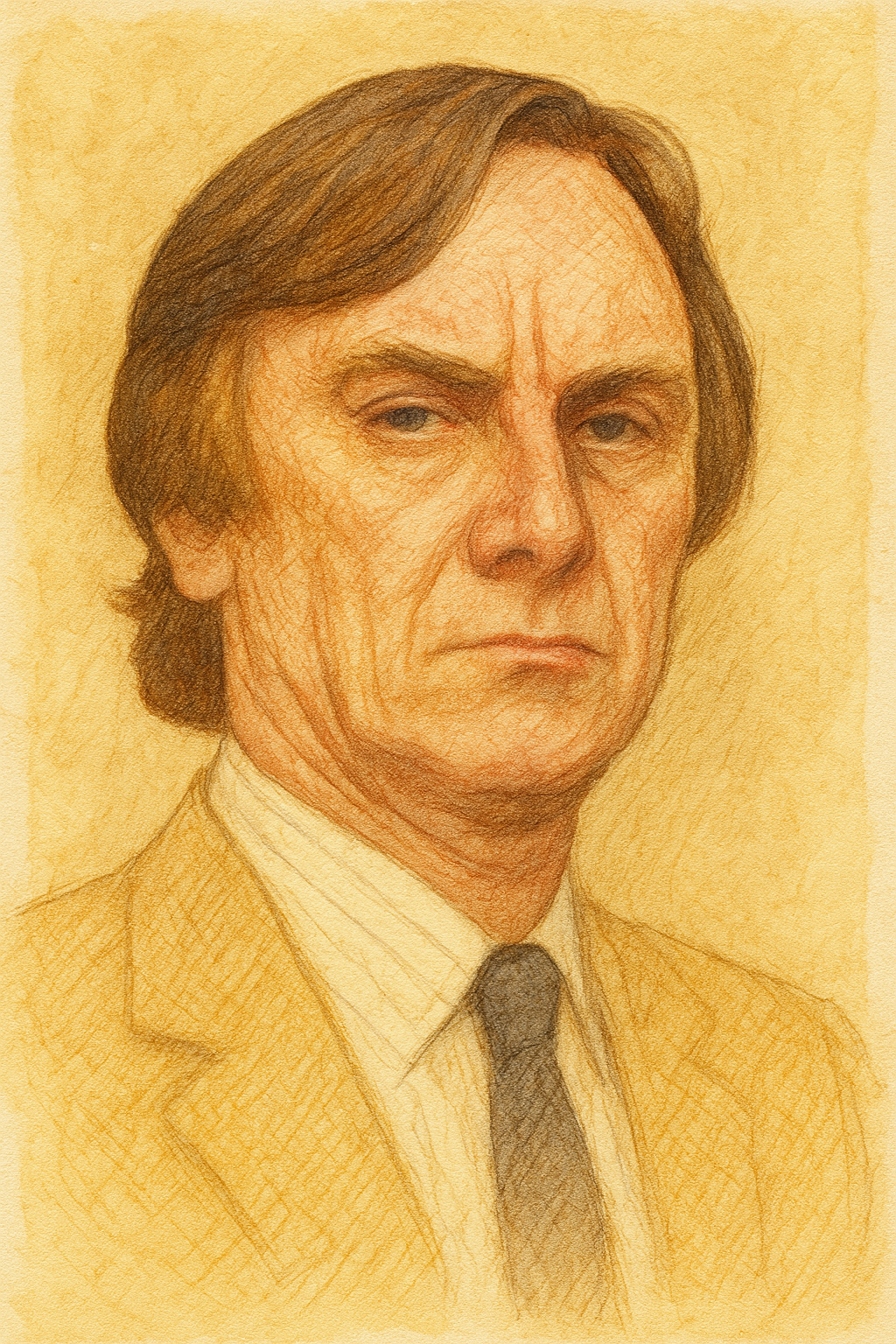Tom Georgeson’s Career-Defining Performance as DI Harry Naylor
Building on Social Drama Success
Initially, Tom Georgeson established his reputation through Alan Bleasdale’s memorable social dramas. However, his portrayal of Detective Inspector Harry Naylor truly showcased his talents. Subsequently, “Between The Lines” (1992-1994) became British television’s most sophisticated police procedural. Furthermore, this groundbreaking series perfectly matched Georgeson’s ability to portray complex characters.
The Moral Foundation of CIB
Essentially, “Between the Lines” followed the Complaints Investigation Bureau team. Moreover, this unit specialized in policing the police themselves. Additionally, two decades before Jed Mercurio’s Line of Duty exposed police corruption extensively. Nevertheless, Detective Superintendent Tony Clark, DI Harry Naylor, and DS Maureen Connell pursued corrupt officers. Consequently, they operated from the Metropolitan Police’s Complaints Investigation Bureau effectively.
Naylor’s Essential Role
Specifically, Georgeson’s Harry Naylor served as the “sharp, seasoned Detective Inspector” character. Additionally, he functioned as both mentor and moral anchor simultaneously. Meanwhile, his superior Tony Clark displayed ambitious, politically savvy characteristics with personal flaws. In contrast, Naylor represented the experienced, grounded detective who understood systemic corruption. Therefore, he recognized the importance of fighting corruption from within institutions.
The Veteran’s Invaluable Perspective
Originally, the series began with Chief Inspector Tony Clark’s press-ganged CIB assignment. Subsequently, he met his subordinates Mo Connell and Harry Naylor. Furthermore, as one of Clark’s key subordinates, Naylor contributed veteran perspective. Moreover, he had witnessed firsthand the institutional problems CIB addressed.
Drawing from Authentic Experience
Particularly, Georgeson’s portrayal proved effective because of his working-class Liverpool background. Additionally, his experience playing characters who understood systemic corruption prepared him. Previously, his roles in Boys from the Blackstuff, Scully, and G.B.H. Furthermore, these groundbreaking TV dramas were all penned by Alan Bleasdale. Consequently, he perfectly understood characters navigating treacherous police politics while maintaining integrity.
Complex Investigations and Accountability
Specifically, episodes like “Manslaughter” (1993) demonstrated the show’s commitment to accountability. Additionally, “Manoeuvre 11” (1993) examined police response to deadly service cut rallies. Furthermore, these complex investigations required Naylor’s experience and steady presence. Therefore, he provided crucial support to Clark’s more impulsive leadership style.
The Perfect Ensemble Dynamic
Ultimately, “Between the Lines” succeeded because of chemistry between its three leads. Moreover, the series is now recognized as “British television’s forgotten classic.” Additionally, contemporaries like “Cracker, Prime Suspect and Inspector Morse” are better known. However, they are “arguably, not as good” as this series. Furthermore, Georgeson’s Naylor formed one-third of a perfectly balanced investigative team.
Complementary Character Strengths
Specifically, Clark provided political acumen and ambition to the team. Meanwhile, Connell brought fresh perspectives and moral clarity to investigations. In contrast, Naylor represented institutional memory and practical wisdom effectively. Therefore, he understood how the system worked and knew problematic areas. Additionally, he navigated complex Metropolitan Police relationships that often hindered investigations.
A Sustained Performance Achievement
Notably, Georgeson’s most notable credits included supporting parts in “Between the Lines.” Additionally, he appeared in three Alan Bleasdale dramas successfully. However, his work in “Between the Lines” stands out for excellence. Furthermore, unlike episodic television appearances, Harry Naylor allowed character development. Consequently, he explored psychological tolls of investigating colleagues across multiple seasons.
The Lasting Legacy
Essentially, the series followed Detective Superintendent Tony Clark’s mission effectively. Moreover, as team head, Clark’s job involved rooting out corrupt officers. Additionally, Naylor’s role in this mission proved absolutely crucial. Furthermore, he provided practical experience and street wisdom to investigations. Therefore, the CIB team’s investigations became credible and their successes meaningful.
Establishing Modern Police Drama
Significantly, Georgeson’s performance helped establish “Between the Lines” as corruption drama precursor. Additionally, his portrayal showed a seasoned detective who had seen everything. Nevertheless, he still believed in justice within the system. Furthermore, this provided emotional weight to institutional accountability exploration. Consequently, the character’s cynicism and hope made him compelling.
The Perfect Career Synthesis
Ultimately, Harry Naylor represents the perfect synthesis of Georgeson’s talents. Moreover, he combined working-class authenticity from Alan Bleasdale’s social dramas. Additionally, he demonstrated institutional knowledge and moral complexity effectively. Furthermore, this remains one of his most significant roles. Therefore, it stands as a defining performance in British television history.
Sources and Further Reading
Primary Sources
- Between the Lines (1992-1994) – IMDb
- Tom Georgeson – IMDb Profile
- Between the Lines – BBC Programme Information
Alan Bleasdale Television Dramas
British Television Archives
- British Television Drama Research Guide
- BFI Screen Online – British Film and Television Database
- BBC Genome – Historical Programme Information
